You can (and should) kayak the L.A. River
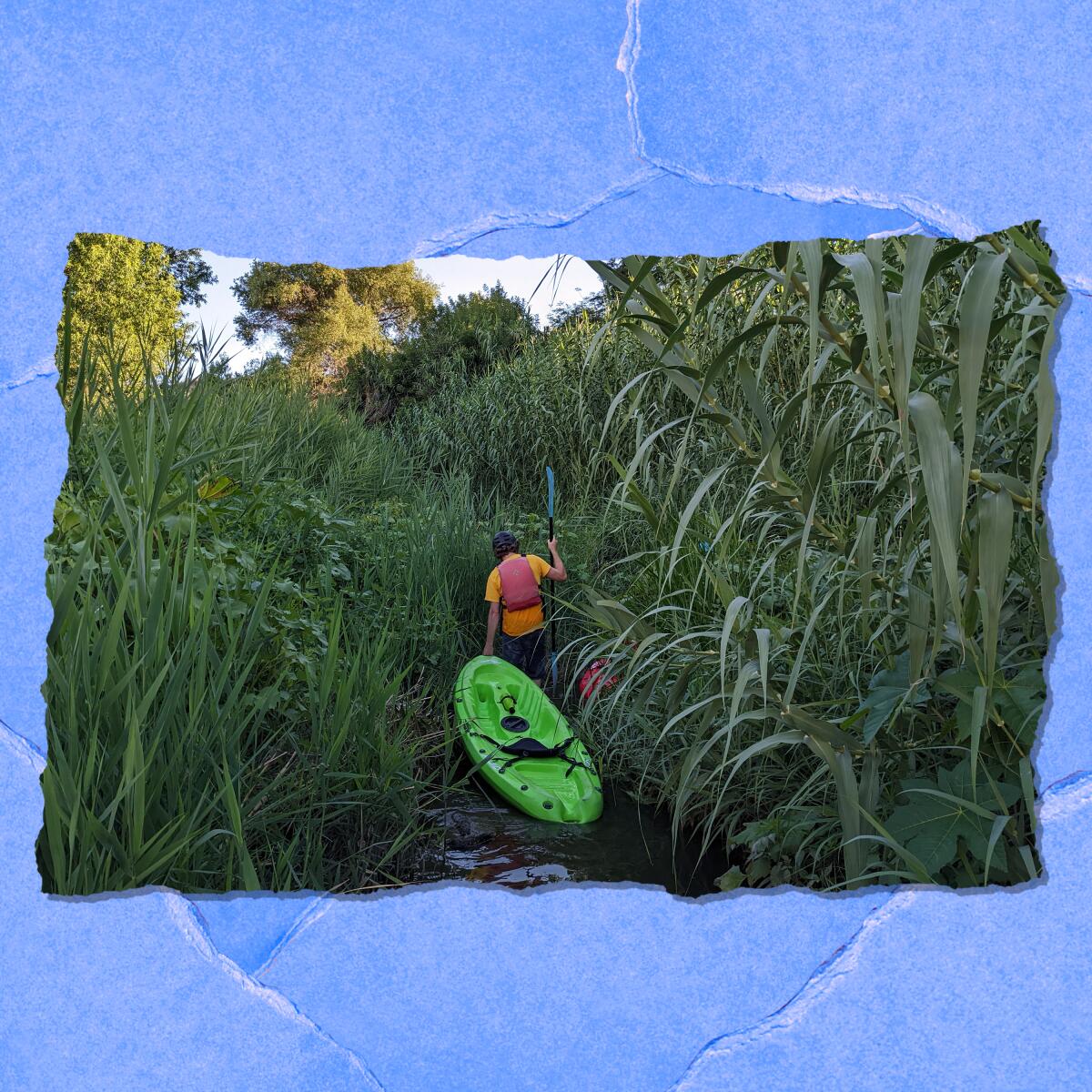
We’re excited to share a new adventure for The Wild, L.A. Times’ newsletter about the great outdoors.
Starting this week, you’ll find new voices from SoCal’s outdoor scene. First up is Matt Pawlik, a Los Angeles Times contributor who will spend a few months providing you with fresh ideas for exploring nature. Pawlik covers Southern California for Weekend Sherpa and is writing the upcoming edition of the hiking guidebook “Afoot and Afield: San Diego County.” Every weekend, you can find him on the trails — and then cooling off with a local treat. Follow him on Instagram at @mattitudehikes and send him your thoughts at [email protected].
Now, here’s Matt!
Get The Wild newsletter.
The essential weekly guide to enjoying the outdoors in Southern California. Insider tips on the best of our beaches, trails, parks, deserts, forests and mountains.
You may occasionally receive promotional content from the Los Angeles Times.
The Los Angeles River. Some Angelenos actively avoid it. Others deny its very existence. But it’s there. And it’s beautiful. I recommend experiencing it on a kayak.
Of the river’s nearly 51-mile stretch from the San Fernando Valley to Long Beach, two sections can be navigated by kayak during the summer: a two-mile stretch in the Sepulveda Basin and a two-and-a-half-mile passage through Elysian Valley. I opted to paddle through the latter on an expedition led by L.A. River Kayak Safari, based in Frogtown.
On a late afternoon in July, I joined a group in Oso Park to meet Steven Appleton, the owner of the company and longtime river activist (he actually bought 4.5 acres of the L.A. River just to have a stronger voice in its restoration). We took a serene bike ride past the new Taylor Yard Bridge to get to our launch point. Before getting on the water, Appleton shared some kayaking basics and related an important history lesson about how the river served as a food and water source for the Tongva, the original people of Los Angeles. It had once been free-flowing but got a makeover as a concrete channel after a devastating flood in 1938. The stretch we were about to explore, however, maintained its dynamic curved shape, which created a soft bottom (atop the concrete lining) and, eventually, an environment for animals and plants to flourish — from sedimentary islands to vernal pools to 8-foot-deep ponds.
As we paddled, Appleton pointed out the resident flora and fauna. There were snowy egrets and great blue herons stalking among the reeds, black-necked stilts scurrying along the banks and flocks of Canada geese and American coots wading under the willows. “Look out for MAMILs — Middle-Aged Men in Lycra,” Appleton joked. This was L.A., after all.
As for the kayaking itself? It was both thrilling and peaceful. The rapids — Appleton clocked them at Class I to II — were manageable yet surprisingly technical, as we had to navigate through rock gardens, under low-hanging trees and around bamboo groves. Most of us got stuck and had to walk our kayaks briefly, but that was part of the fun (just be prepared to get wet).
Through September, L.A. River Kayak Safari offers tours on weekends at 12:30 and 3:45 p.m. Tickets are $85 per person for a two-and-a-half-hour experience. I loved the late-afternoon tour — it lends itself perfectly to post-trip, golden-hour cheers at Frogtown Brewery.
Note: Trips may be canceled due to water quality — the river isfrequently tested to ensure safety. And, yes, you will see the occasional plastic bag floating around. It only serves as a reminder of the importance of water trail conservation. Get involved in river cleanups, such as those hosted by Friends of the L.A. River.
5 things to do this week
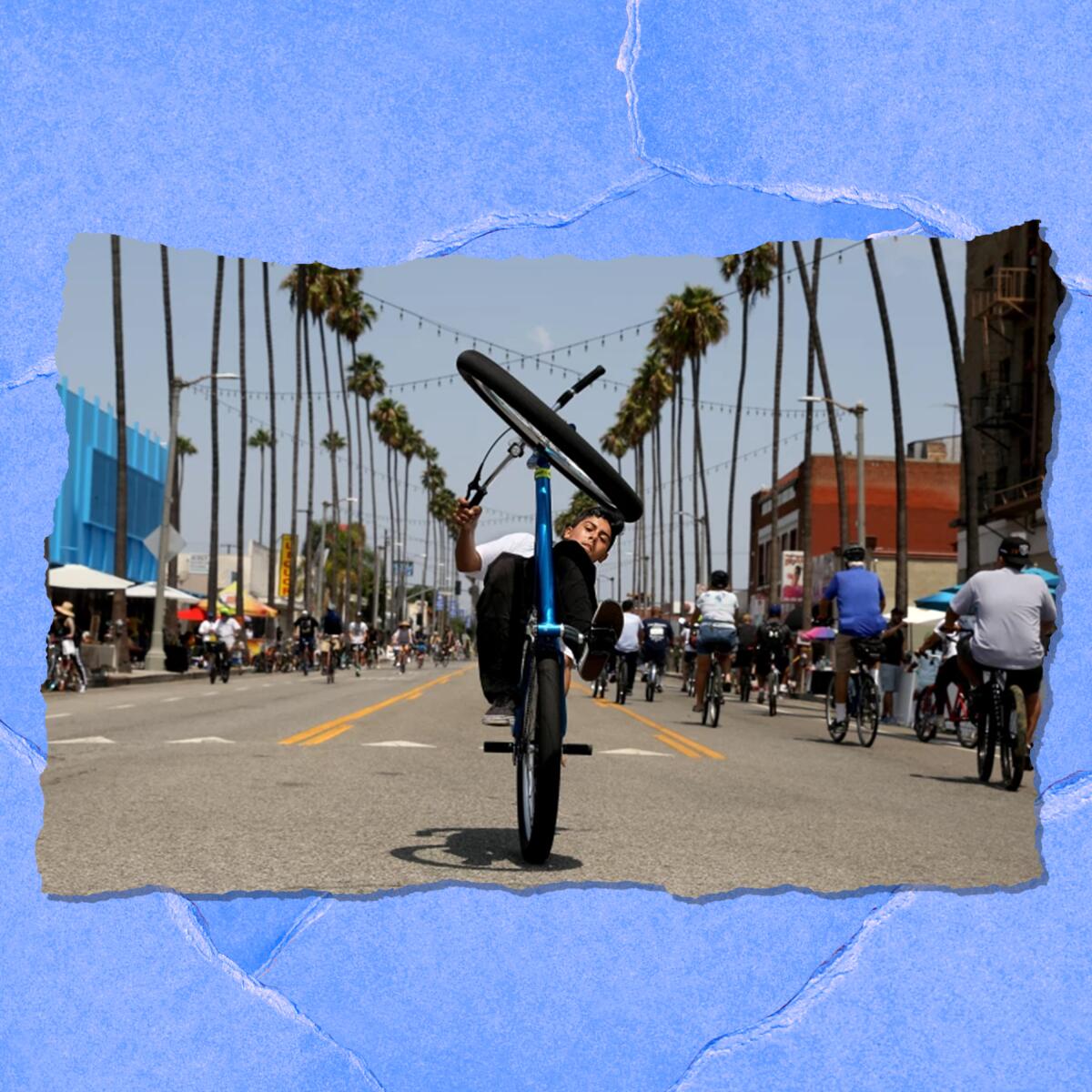
1. Bike, skate or walk with CicLAVia. Whether you like cruising on two, four or eight wheels, it’s rare to find a safe car-free playground in the city. From 9 a.m. to 4 p.m. on Sunday, CicLAvia and Metro will create just that, closing South L.A.’s typically busy Western Avenue to car traffic for three miles, from Exposition Boulevard to Florence Avenue. This is a wonderful way to connect with our city and revel in urban exploration — cool murals, historical parks, local landmarks and food trucks. Grab your bike (or boots), load the digital map and ride (or walk) on.
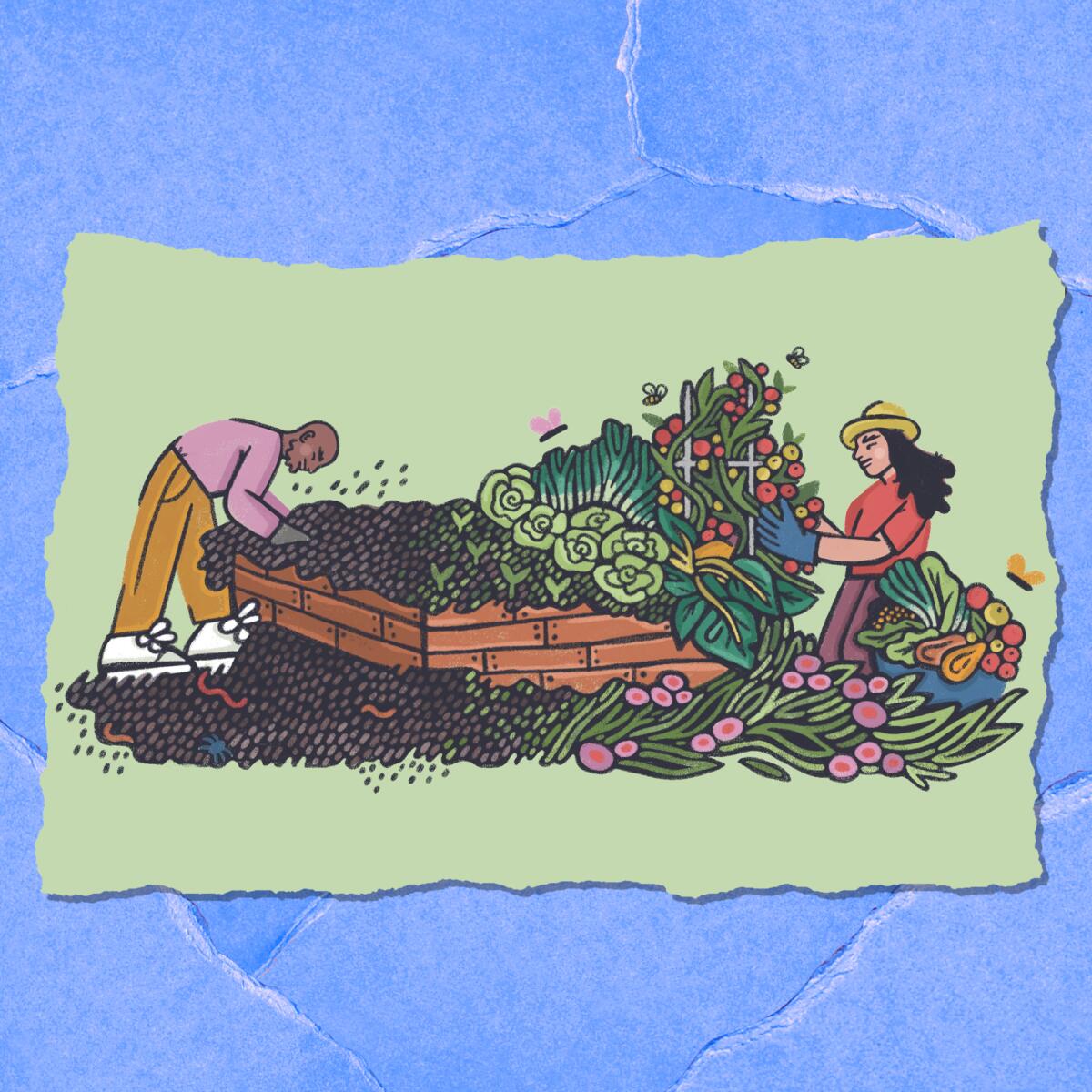
2. Learn to conserve with home composting and urban gardening. How mulch do you know about recycling food and plant waste? Learn from the experts at Griffith Park. On Saturday from 9 to 11 a.m., a team of L.A. Sanitation & Environment green waste specialists will teach you how to “turn kitchen scraps and yard trimmings into a nutrient-rich soil amendment.” Registration is required and compost is available for free (supplies are limited).
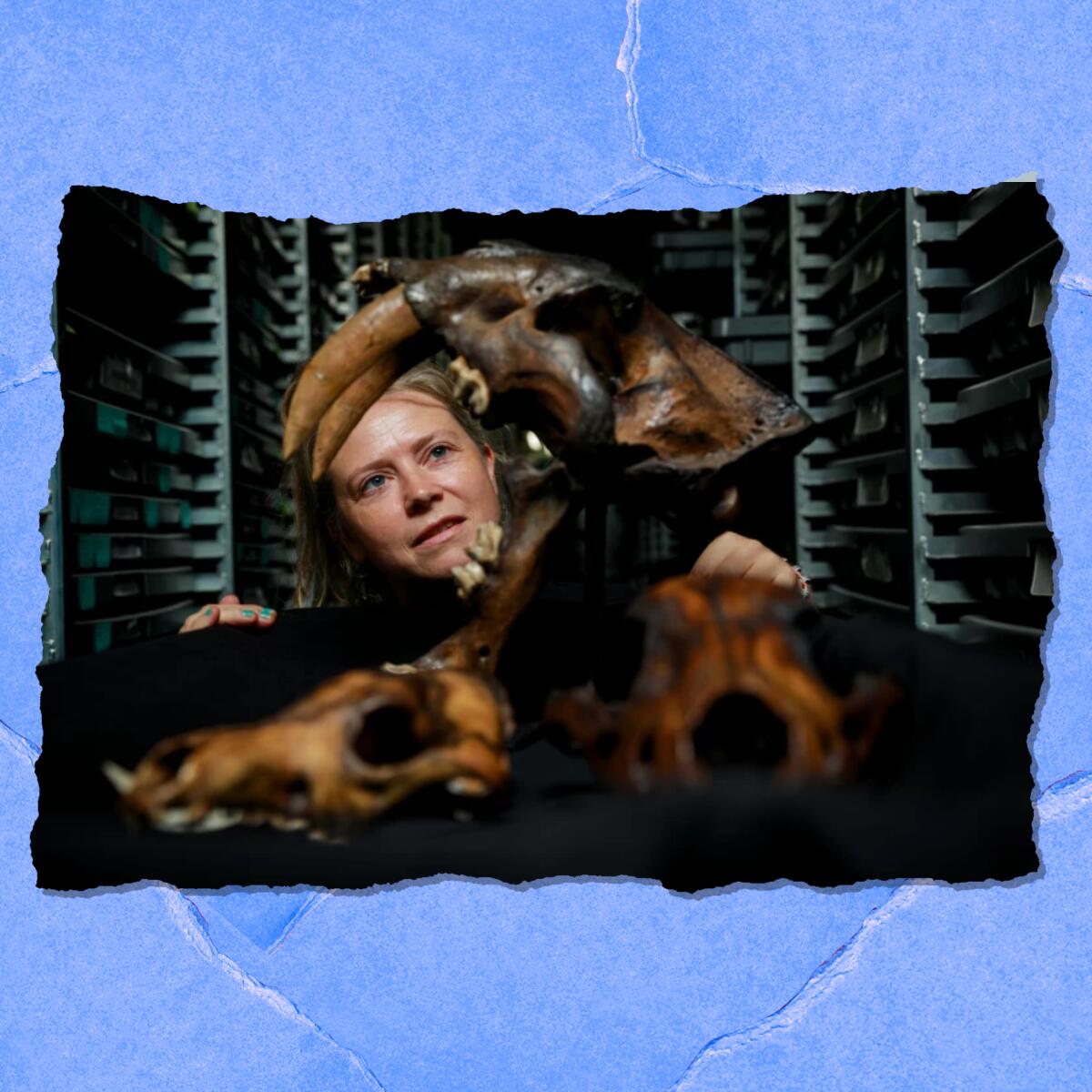
3. It’s a Saber-Toothed Summer at the La Brea Tar Pits. The iconic museum and active paleontological excavation site is honoring the fantastic, ferocious feline — which is also our official state fossil — with special events through Labor Day, such as saber-toothed-cat chats (daily at 3 p.m), the live stage show “Ice Age Encounters” (Thursday through Sunday, $6) and a film festival July 22. You can also take a self-guided tour to learn more about the “mid-city kitty.”
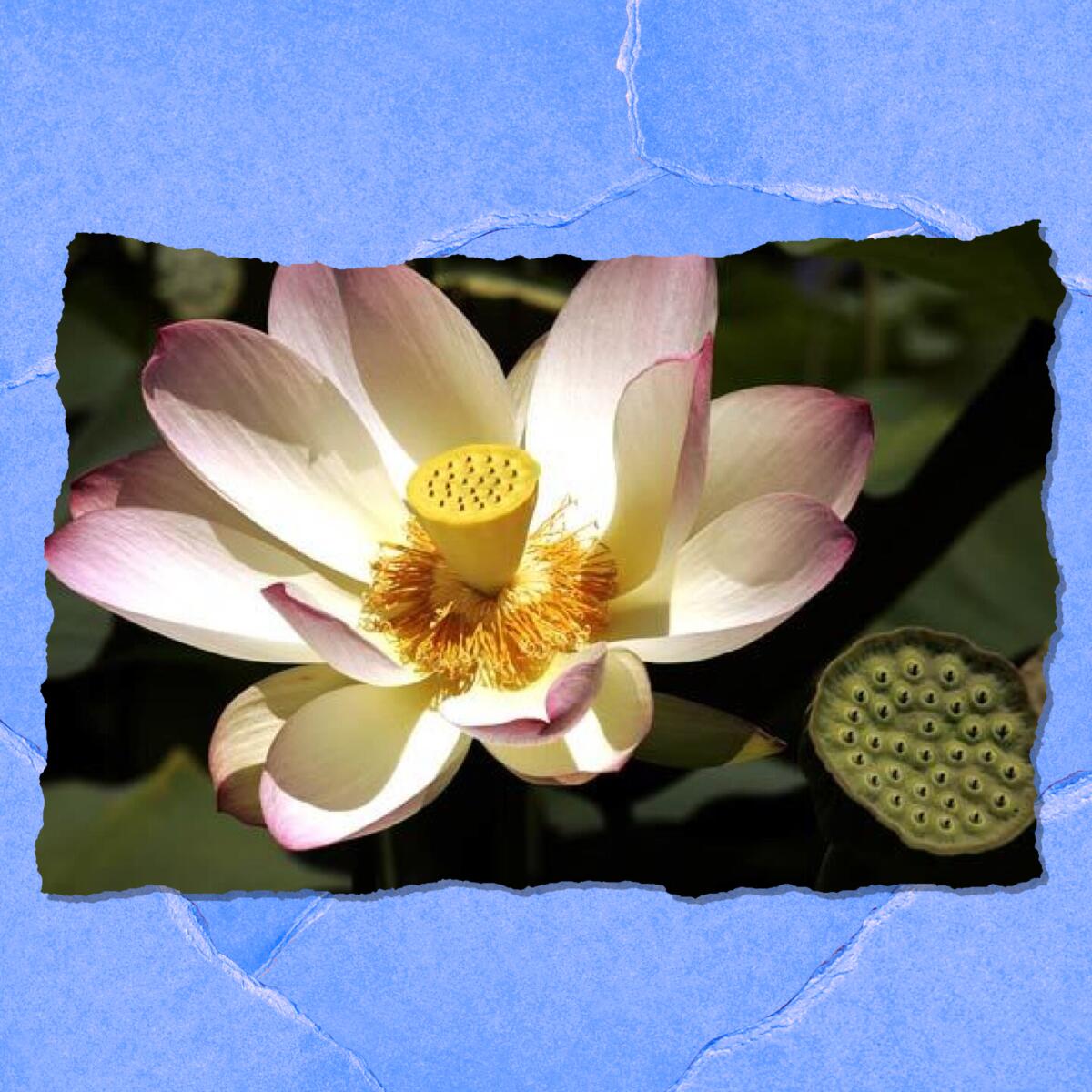
4. Celebrate lotus blooms and Asian Pacific culture at Echo Park Lake. Every year, picturesque pink and white blooms of the aquatic perennials grace the west side of the historic reservoir. The Los Angeles Parks and Recreation Department hosts a festival to honor the beautiful floating flowers, as well as a specific Asian American community and its contributions to L.A. This year’s event, on Saturday and Sunday, which will be the first in-person festival since 2019, celebrates the people and culture of India. Attendees of all ages can enjoy food, beer and entertainment, including live music, a cultural pavilion and dragon boat races. The event is free, but for a fee you can also join the Lights of Dreams Festival, where you’ll decorate and launch your own floating lantern on the lake.
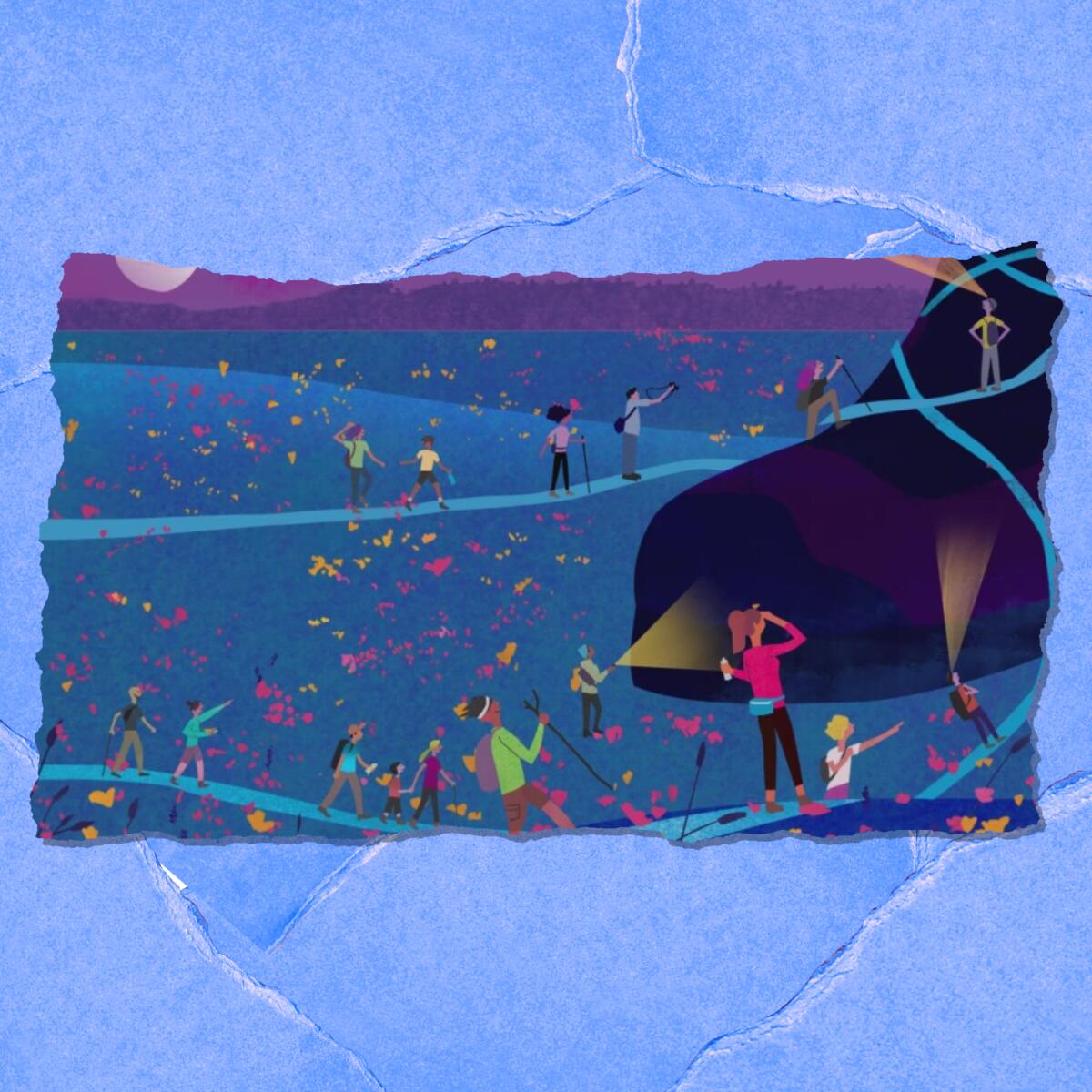
5. Beat the heat with our favorite L.A. night hikes. In April, I shared eight enchanting evening escapades to enjoy as the days get warmer and longer. With summer here, it’s the perfect time to take to these accessible urban trails (from Echo Mountain in the San Gabriels to Malibu’s Leo Carrillo State Park and Beach) for a tranquil twilight trek. Some tips: Choose a familiar trail, prepare accordingly, and avoid adventuring alone. If you’re looking for a group, the Griffith Park Section of the Angeles Chapter of the Sierra Club leads a group at 7 p.m. on Tuesdays and Thursdays.
Our daily news podcast
If you’re a fan of this newsletter, you’ll love our daily podcast “The Times,” hosted every weekday by columnist Gustavo Arellano, along with reporters from across our newsroom. Go beyond the headlines. Download and listen on our App, subscribe on Apple Podcasts and follow on Spotify.
The red flag
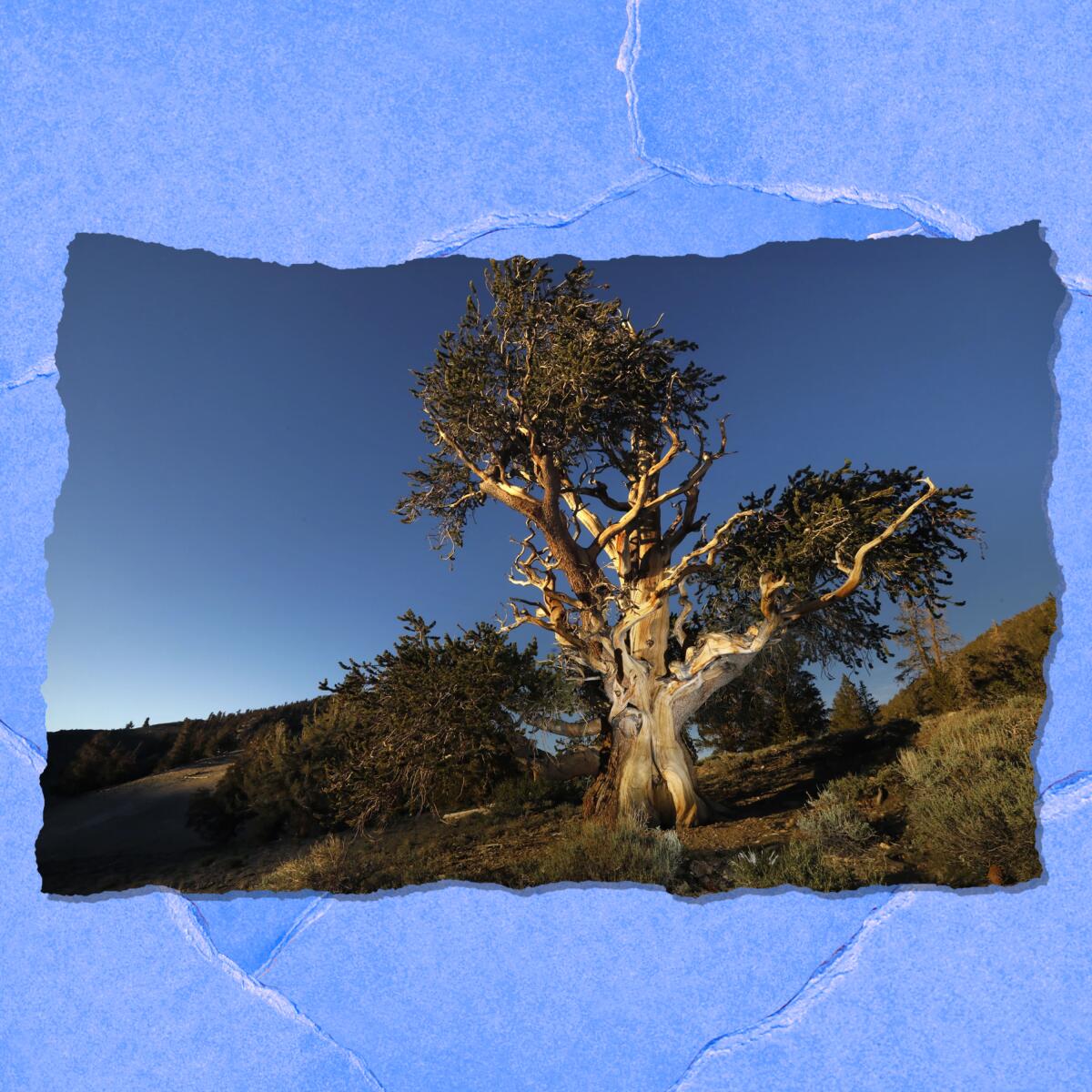
Every superhero has a weakness, but what about supertrees? In addition to the tallest and largest trees in the world, California is also home to the oldest and hardiest. But these Great Basin bristlecone pines, whose advanced age can be attributed to an incredible resilience to harsh environments, may be facing their own kryptonite: devastating droughts and bark beetles.
Fortunately, Methuselah — the 4,853-year-old specimen that is now being challenged as the world’s oldest living tree — and the Ancient Bristlecone Pine Forest in the White Mountains remain beetle-free, but it’s not, well, out of the woods. As we continue to experience intense droughts, the trees will need to rely on scientists, such as the U.S. Forest Service pathologists who currently monitor them. Read the full Times story here.
The must-read
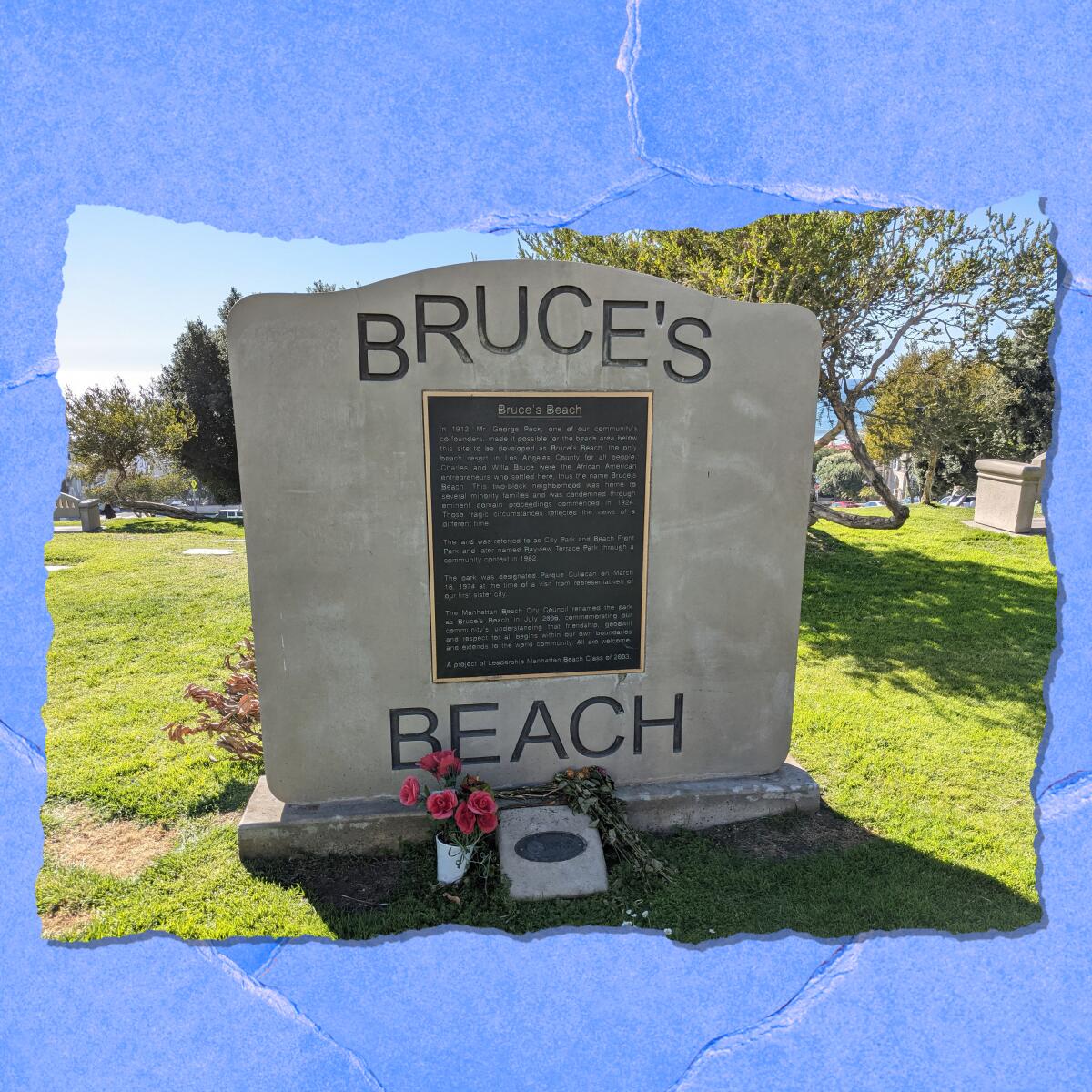
Last week, the L.A. County Board of Supervisors unanimously voted to return Bruce’s Beach to the direct descendants of the rightful owners, Willa and Charles Bruce, who were forced out by city officials in the 1920s due to rampant racism and the power of eminent domain. The approved plan is also a symbol of hope for further community reparations, such as the efforts led by Tongva Taraxat Paxaavxa Conservancy, Buried Under the Blue and Where Is My Land. The Where Is My Land effort was born from its founders’ work in helping to reclaim Bruce’s Beach. It now feels like the right time to visit Bruce’s Beach if you haven’t. Don’t forget to read the memorial plaque honoring its history while you’re there.
Cool stuff
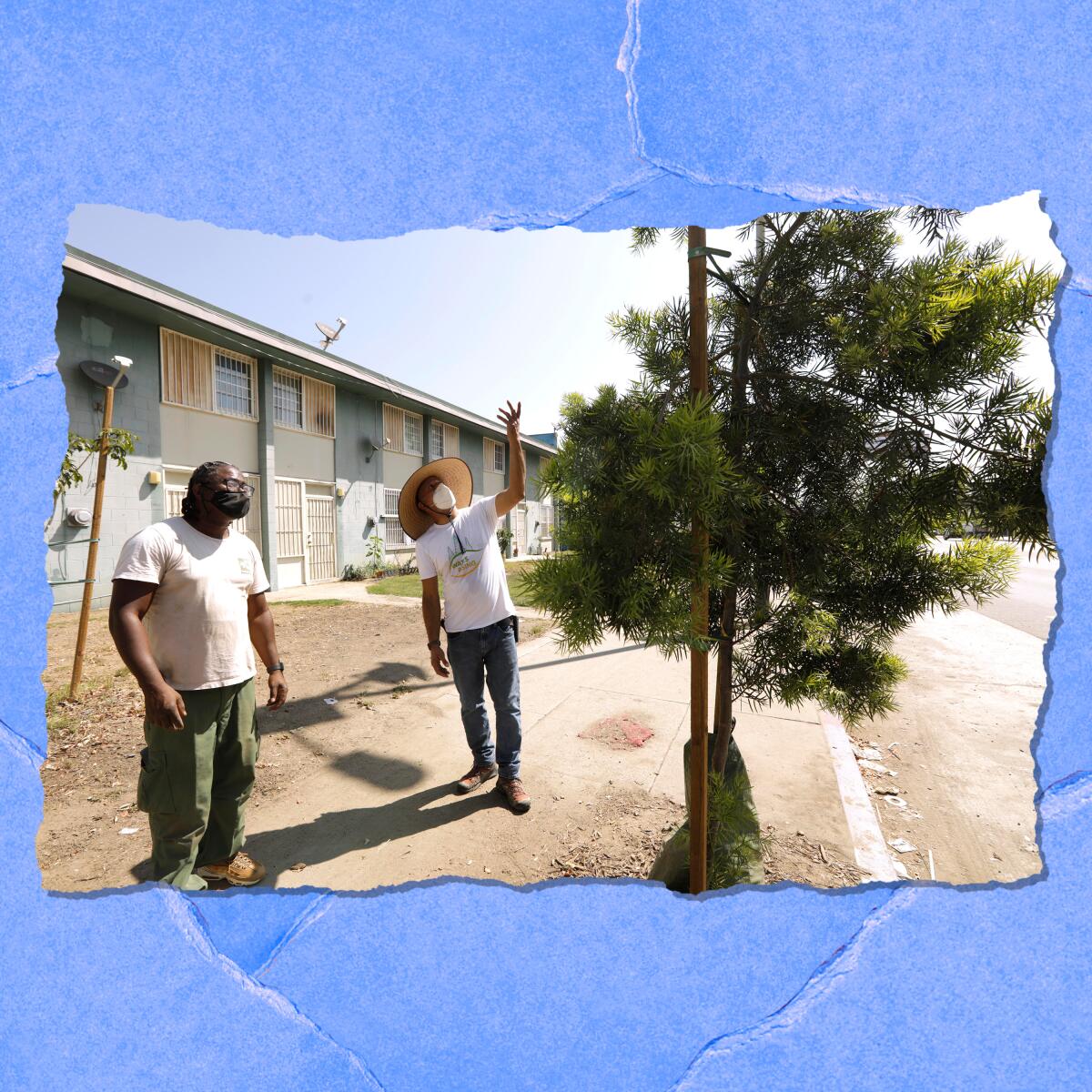
With summer coming in hot, the coolest stuff around might be … shade. That’s exactly the service that CityPlants provides via theirYard Tree Delivery Program in partnership with the L.A. Department of Water and Power and the L.A. Conservation Corps. You can apply for up to seven free trees per household, delivered in eight to 10 weeks in a 5-gallon container. Use theYard Tree Species List to help determine “best planting locations to reduce your energy bills” and, ultimately, cool down your home.
P.S.
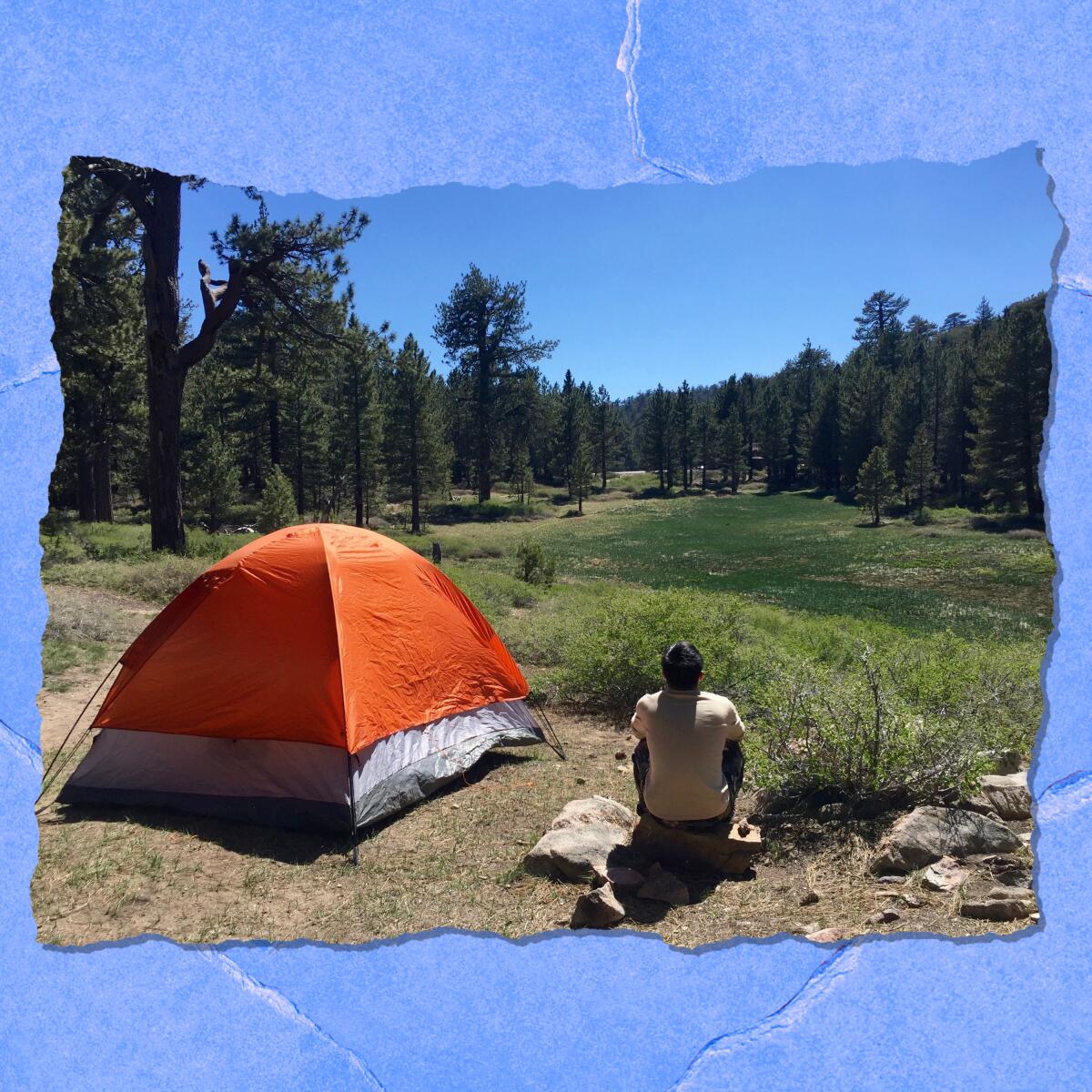
If you’re an avid camper, you’ve probably struck out on at least one site or backpacking lottery this summer. Regardless of your Recreation.gov reservation success rate, we can all agree that it has become a frustrating process. And in some cases, inequitable. Michael Levy put it well in this piece for the New York Times — access to parks and campgrounds “are our shared national heritage and belong to every American, including those without high-speed internet,” let alone the privilege to plan six months in advance.
Sign up for The Wild
We’ll help you find the best places to hike, bike and run, as well as the perfect silent spots for meditation and yoga.
You may occasionally receive promotional content from the Los Angeles Times.




